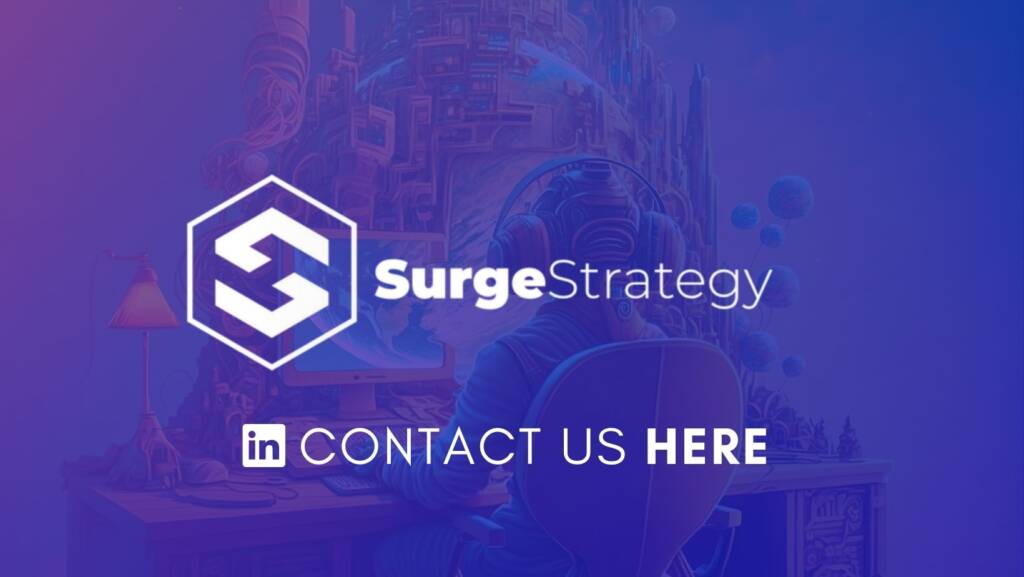It’s a well known fact that the gaming industry is persistently growing and evolving, constantly bringing to the table new engaging and addictive products for the greatest pleasure of players.
The gaming market is estimated at $245.10 billion in 2023, growing at a CAGR of 8.94%. It is speculated it will keep growing until reaching an approximated value of $376.08 billion by 2028.
This means that players are thirsty for more and that there is a huge potential for all types of developers out there to release viral and successful products. As long as they keep up with the fast paced growth of the industry and it’s continuously evolving technologies and strategies, they can achieve glorious summits with their games.
In such a context, it’s easy to think that big studios, with their capacity of releasing repetitive blockbuster concepts, have a massive edge over the market. But do they really?
Sure, their access to considerable resources and funds is a huge advantage but is it all that counts? Given the rise in popularity of Indie games’ development and the emergence of notorious indie titles on the market, it is fair to consider that the answer is no.
And this is where small studios can really work their magic. Here’s why:
- They bring innovative gameplay and storytelling into our lives
AAA and big studios are usually pressured by strict deadlines, investors and affiliates eager to see results all while having to manage massive teams. Thus, they tend to aim for complex games that revolve around the same themes and styles, over and over again. Why change a winning formula after all?
Indie studios, although often more limited budget-wise, have the possibility and freedom to create simple yet different concepts. They think outside the box, experiment during the creation process and allow themselves to release products that are often far more creative, leading to ingenious games that end up gaining massive following. Just think about Minecraft…
- They are valuable creators of opportunities
Not only small studios bring opportunities for players to experiments fresh new concepts, they also allow talented professionals to initiate they journey in the industry and learn incredibly useful skills.
Being able to make their debut in small teams where they an express their creativity, make a noticeable difference and get exposure to all aspect of the development process is priceless. It gives these professionals an outstanding opportunity to acquire, develop and grow their skills efficiently.
- They bring connection and accessibility to players
There is nothing more impersonal than big multi-million companies. Merely focused on results and numbers, filled with hundreds of busy employees trying to cope with deadlines, these business often don’t have the full capacity to really connect with their audience on a more personal, interaction driven level.
Indie developers, on the other hand, have the capacity and the necessity to not only be present – giving their users a sense of belonging and implication- but to also be more inclusive by giving a voice to the underrepresented background, perspectives and cultures of their communities.
As you can see, the presence of smaller studios is important and fills a void that bigger studios can’t fill.
With the presence of hosting platforms (Steam), the popularity of influencers and related gaming platform (Twitch) and the incredible support from players, we can easily predict a bright future for indie developers and their teams.
Tips to Stand out and release a successful product

1. Know your target audience and USP
Having clarity as to WHO you are creating your product for is crucial. It helps determine various initial parameters, the type of game and economy and the most lucrative monetization strategies to use in order to tailor the product to the audience’s interests and preferences.
Thus, investing time and resources in audience research can be the key to unlocking the game’s potential and generating long-term success.
On a similar note, knowing WHAT differentiates you from the mass is primordial. Although some optimization and design strategies are similar from one game to another, and too much innovation can be a major risk for a small studio, having a clear idea of HOW your product stands out and why is a very important point.
0. Keep it simple and realistic
Resources are precious, budget and time restrictions are often against small studios and limit their capacities to bring a project to an end. Sadly, various indie games are left behind despite their enormous potential due to lack of vision as to where exactly the funds and resources should be invested.
Focus on creating a small but polished game & game economy that perfectly fits your target audience’s needs instead of trying to copy the giants of the industry and focusing on an ambitious and over complicated or detailed product.
0. Have a strong presence
Build a strong social media presence from the start, attend conventions and events, connect with your future players and invest time in growing that solid bond with them. Go where your audience is, trigger their interest with polished publications and trailers.
Don’t be scared to seek CONNECTION and reach out to other developers. Rejection is possible but the risk is worth it. Some developers out there will be happy to take a peek at your product.
It’s a good way to not only expand your circle, which is a great way to gain visibility, but you will also potentially gain tips, tricks and insights from them.
Those insights can be highly valuable, particularly if the studio is on a tight budget and unable to afford top tier experts and consultant to help them through different phases of the development process (Pre & post release)
It also potentially open doors to future collaboration and affiliation.
0. Focus on accessibility and testing
Make the game itself easily accessible to as many players as possible by having a strong presence. Also make it easy to learn, but hard to master.
The game has to be intuitive and engaging at first, but give players challenges in the long run. This ensures high accessibility short term and better retention long term.
But most of all, be accessible to your community – create space for feedback, give players a sense of belonging and implication in the development process. development updates, create excitement and engagement with new content and invite faithful players to the different phases of testing!
0. Be smart with gamification and monetization strategies
Being an indie studio is all about independence, creativity and innovation and we get that. However, some monetization and gamification strategies proved their efficiency over the years and they are worth considering.
Without going all the way into the “copycat” route, take time to study and inspire yourself from these strategies and the successful games that integrated them.
Pick the most relevant strategies and mechanics and adapt them to your product in a way that allows you to both save resources on early balancing and offer players highly engaging game mechanics. Create irresistible incentives for players to spend in the game through well rounded and logical sinks. This can potentially boost retention and monetization, skyrocket ROI and make the game stand out considerably.
0. If possible, seek guidance from experts
If you feel that your studio or team is, at any given moment in the process, stuck or not achieving the preset goals, seeking industry’s expert’s advice might be to be considered.
Yes, it may appear costly and intimidating to have someone diving deeply into your product.
However, having a clear and objective “outsider” view on the product itself as well as on the best way to achieve your goals can make the difference between success and failure.




